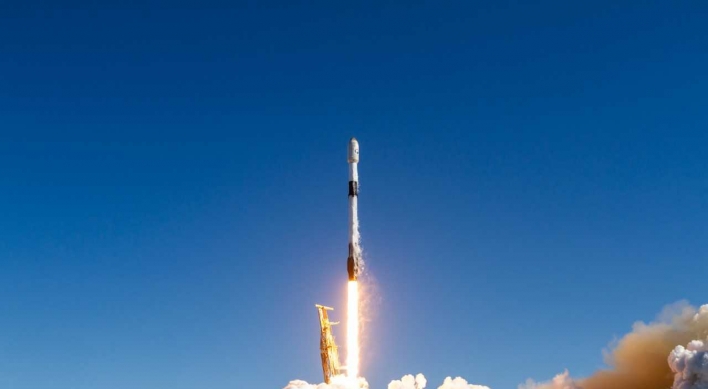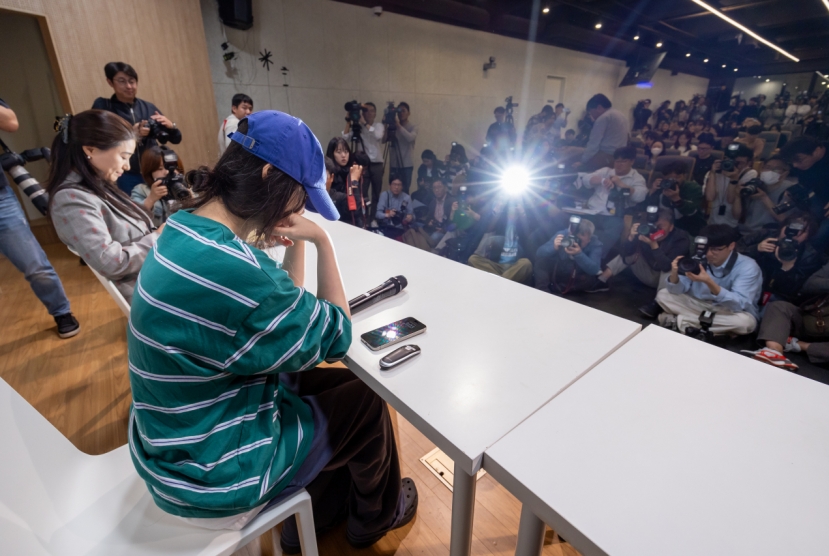5 Nuri rocket satellites make successful communication
By Byun Hye-jinPublished : May 26, 2023 - 16:30
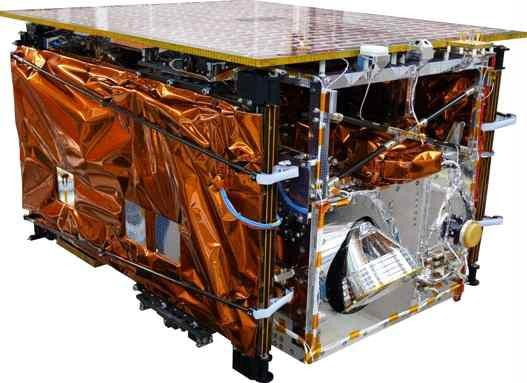
With South Korea’s homegrown Nuri rocket’s successful launch to space, five out of eight satellites carried on board made two-way communication with ground stations, the Ministry of Science and ICT said Friday.
The country’s King Sejong Station in Antarctica received the first signal from the main payload NEXTSat-2 or second next-generation small satellite at 7:07 p.m. Thursday, according to the ministry. A ground station in Daejeon also made contact with the satellite at 7:58 p.m.
Earlier Friday, the 180-kilogram satellite also carried out two-way communication seven times with the Daejeon station and other overseas bases, the ministry said.
The satellite’s transmitter and receiver, data processing, the solar panel’s power generating ability and other functions were operating normally, it added.
For the next seven days, the ministry and the Korea Aerospace Research Institute will stabilize the satellite and deploy its imaging radar antenna. Under the mission of observing Earth and space radiation, it will rotate Earth 15 times a day on a dawn-dusk orbit for the next two years.
Among the seven other satellites, Scale MagNetospheric and Ionospheric Plasma Experiment, or SNIPE, which was developed by the state-led Korea Astronomy and Space Science Institute, received contact from two out of four of its cube satellites.
Of the remaining two -- one cube satellite’s communication signal has not reached any ground station, while it has not been confirmed whether the last one has been released to space, as of Friday afternoon.
One of the three commercial cube satellites made by private company Lumir has yet to make contact as well. The ministry confirmed the signals from the two cube satellites built by Justek and Kairo Space.
“We will make effort to make contact with the remaining (three) satellites,” said Cho Sun-hak, an officer at the space, nuclear and big science policy bureau at the Science Ministry.
At 6:24 p.m. Thursday, Nuri rocket blasted off from Korea’s space center in South Jeolla Province. The first, second and third-stage rockets were successfully separated at their respective targeted altitudes, completing the flight that lasted 18 minutes and 58 seconds.




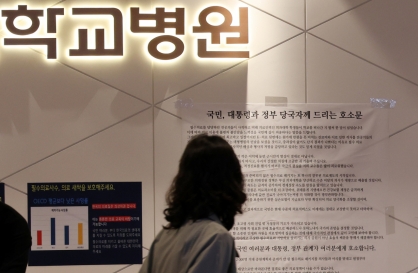

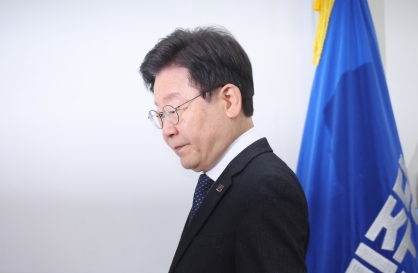

![[Hello India] Hyundai Motor vows to boost 'clean mobility' in India](http://res.heraldm.com/phpwas/restmb_idxmake.php?idx=644&simg=/content/image/2024/04/25/20240425050672_0.jpg&u=)








